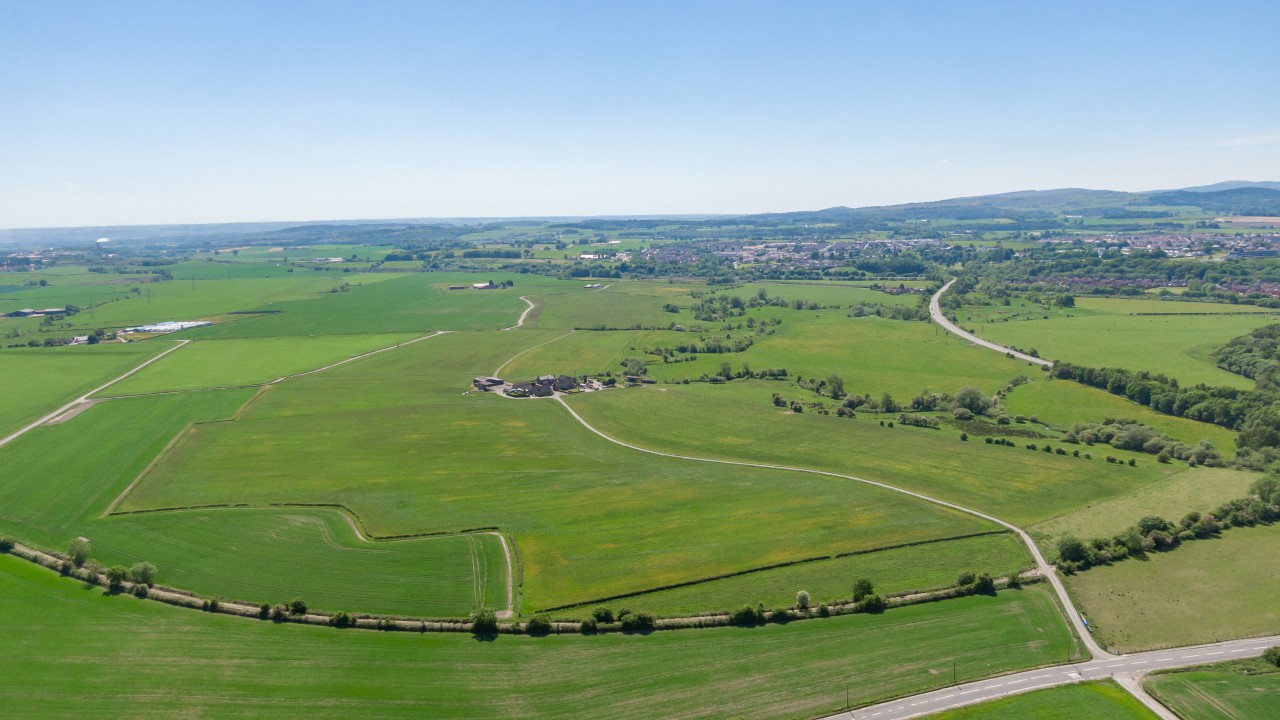Demand for farmland in Scotland outstripped supply in 2020, due to a combination of low volumes, an increase in lifestyle buyers looking for smaller holdings and sustained interest in land suitable for tree planting, according to new research from land and property specialists Strutt and Parker.
Analysis of data from the past 12 months shows the performance of the farmland market was atypical relative to recent years, in terms of both supply and demand.
Supply of farmland to the open market in 2020 was the lowest on record, with just 13,100ac advertised for sale, compared with a five-year average of 32,800ac.
Diane Fleming, farm agent for Strutt and Parker in Scotland, said:
“Spring 2020 brought us the unknown world of lockdown and travel restrictions and prospective sellers were also cautious to commit to selling faced with the additional uncertainties caused by Brexit and whether or not a trade deal with the EU would be agreed.
“Active buyers did not show the same restraint, competing vigorously for those farms available for sale, which saw demand quickly outstrip supply.”
Sales analysis
Strutt and Parker’s analysis shows that 82% of farms marketed successfully found a buyer by the end of the year, up 26% on 2019 (however, more farms were marketed in 2019 than in 2020).
In addition, there was also a rise in the number of off-market deals, where vendors chose not to commit to open market advertising, but were prepared to accommodate buyer interest on a private basis.
It is estimated that up to 30% of farms for sale during 2020 were available on a private basis.
In general, competitive bidding was witnessed at closing dates and values above the asking price were achieved, although variable values were seen across different regions and types of land.
Prime arable values remained particularly strong with the price of first-class arable land peaking at £16,000/ac due to a combination of low supply and high demand from successful agricultural businesses looking to expand.
Secondary arable values ranged from £3,000/ac to £6,000/ac, with grass leys achieving between £2,500/ac and £5,250/ac.
Overall, farmer buyers accounted for the majority of transactions during the year.
Forestry buyers
However, forestry buyers dominated when it came to hill ground. Strong prices continue to be paid for land suitable for forestry planting.
Plantable hill ground is attracting prices of up to £3,000/ac, with the price paid by forestry buyers for hill ground anywhere up to 30 times higher than it was a decade ago.
Less productive grassland and even marginal arable ground can also attract interest from these buyers.
Fleming said:
As seen in recent years, strong prices are continually paid for land with afforestation potential. Tree planting is backed by government support and afforestation commitments, in the quest to attain carbon neutrality.
“Private companies and investors are also keen to acquire forests, plant trees or purchase carbon credits to offset their carbon footprint.”

